linzhishi specialty
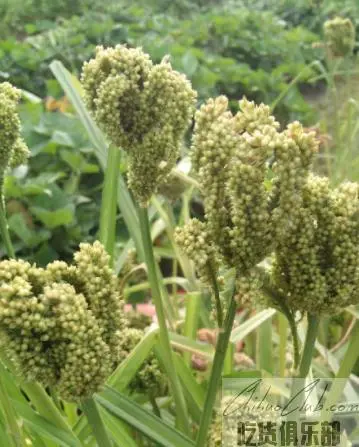
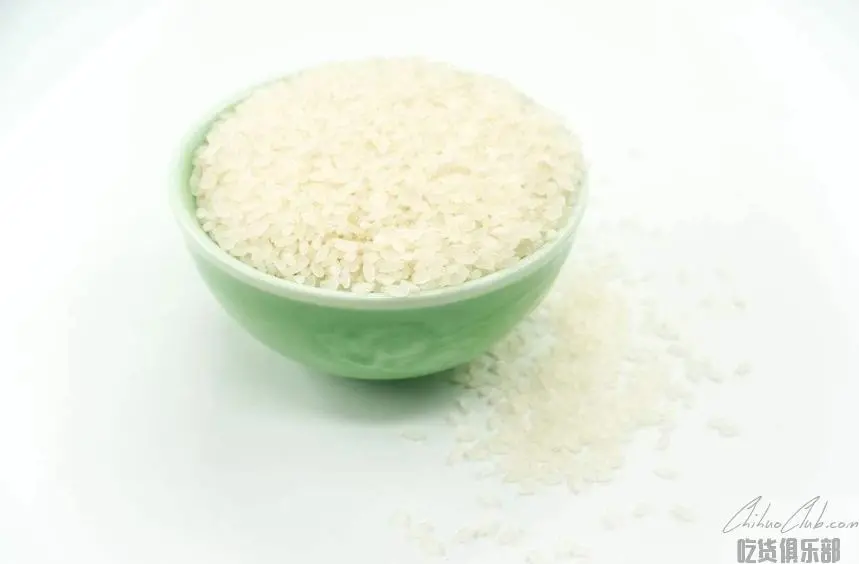
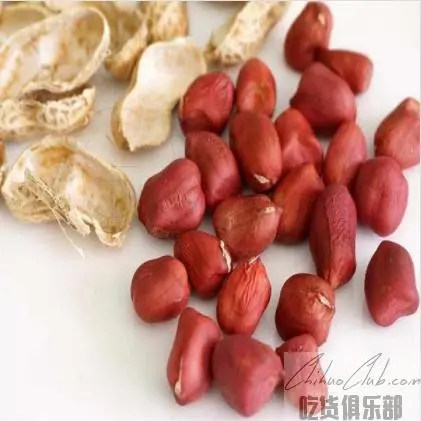
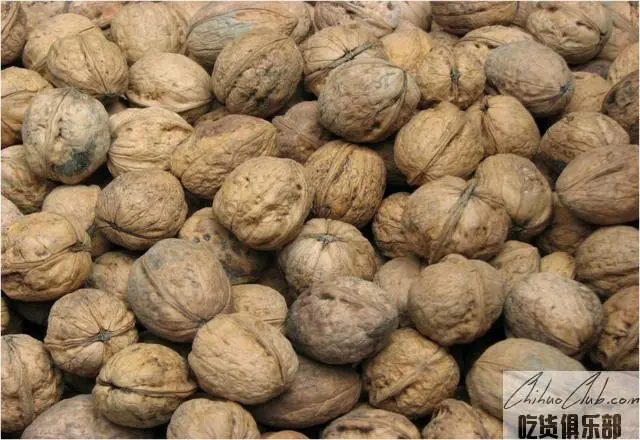
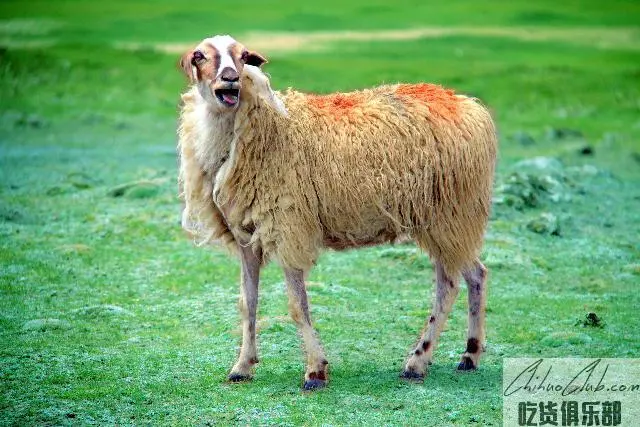
Gamba sheep is a local sheep raised by the farmers and herders in Gamba County, Shigatse Province, Tibet, between 4,300 and 6,800 meters above sea level. Gamba sheep consumes non-polluting natural pastures and drinks water from the snow-capped mountains. It has the characteristics of “small legs and big belly” and the characteristics of sexual field, timidity and sensitivity. The body weight ranges from 25 kg to 35 k kg, and the meat quality is good. With its three outstanding characteristics of “fine, delicious and unscented”, it is well-known in the Tibet Autonomous Region and is the designated tribute of the Panchen Lama.
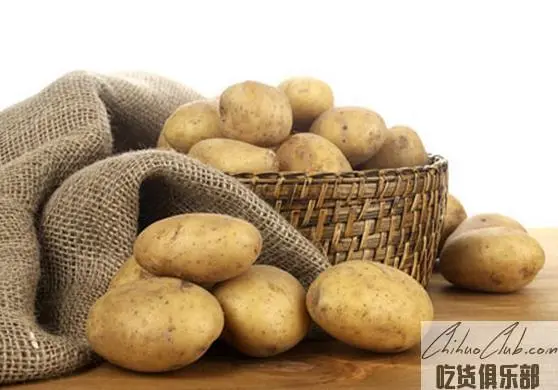
When mentioning Nanmulin County in Shigatse, most people first think of "Emma Potatoes". Nanmulin County “Emma Potatoes” has a long history of planting and is well-known in the region with the characteristics of “big, thin and good taste”. In 2003, he obtained the National Spark Program Certificate and Trademark Registration Certificate; in 2004, the county's potato planting base, Emmagang, was promoted by the China Consumers Association as a “green food production base”. Emma potatoes are cultivated by pollution-free plants. They have the characteristics of large size, thin skin and high starch content. They have good palatability and are well-known in the Tibet Autonomous Region.
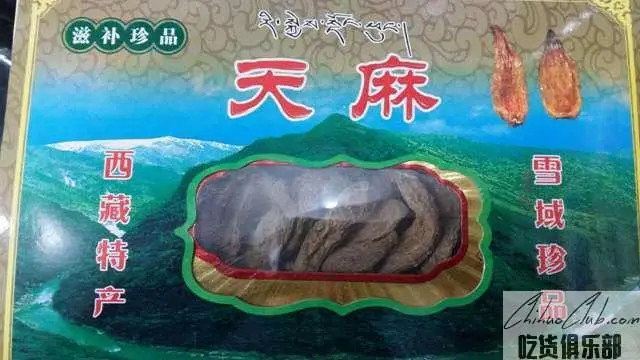
Linzhi Tianma is Wutianma, which is produced in the pollution-free environment at an altitude of 1800 meters to 3,500 meters in Linzhi City, Tibet. Because it grows in the special environment of high altitude, large temperature difference and strong sunlight, its active ingredients and biological activity are much higher than those produced in other regions. The gastrodin of Linzhi Tianma is more than 0.72%.
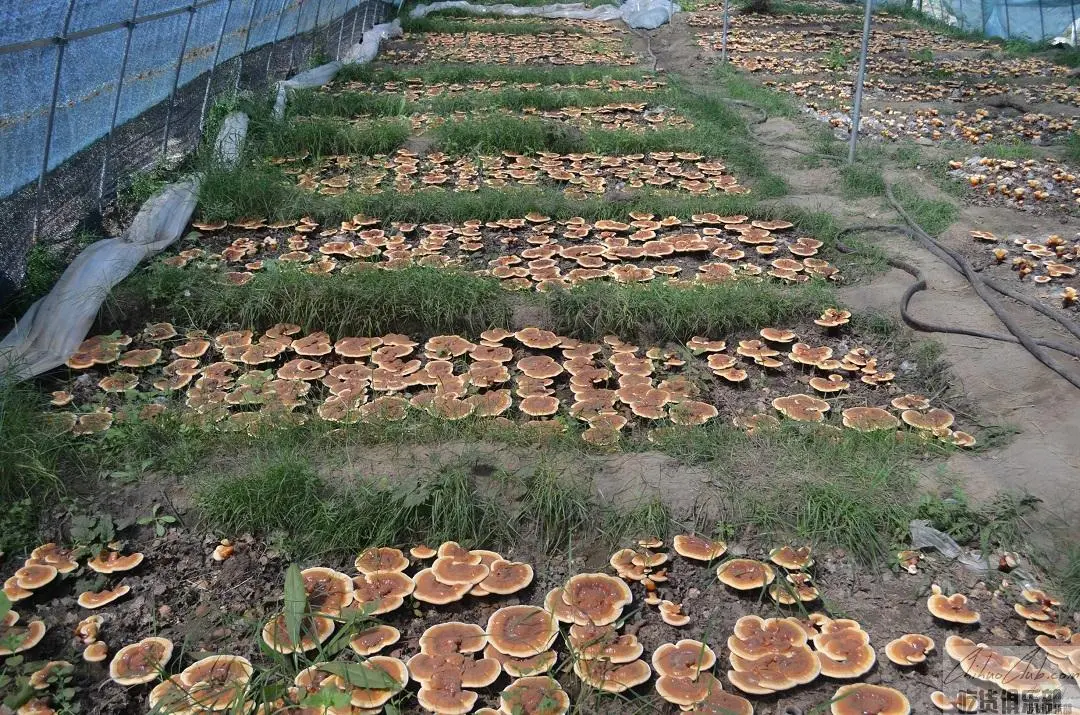
Linzhi Lingzhi is a white meat Linzhi produced in the green and pollution-free environment of Linzhi City, Tibet, at an altitude of 1200 meters to 3,500 meters. Because of its special environment for high altitude, large temperature difference and strong sunlight, its active ingredients and biological activity are much higher than other similar drugs, which can effectively expand coronary arteries, increase coronary blood flow, and improve myocardial microcirculation. Enhance the supply of oxygen and energy to the body and improve the immune function of the body. As early as 1700 years ago, the folklore of the Chinese people was able to return to life and was widely used in traditional Chinese medicine and Tibetan medicine treatment.
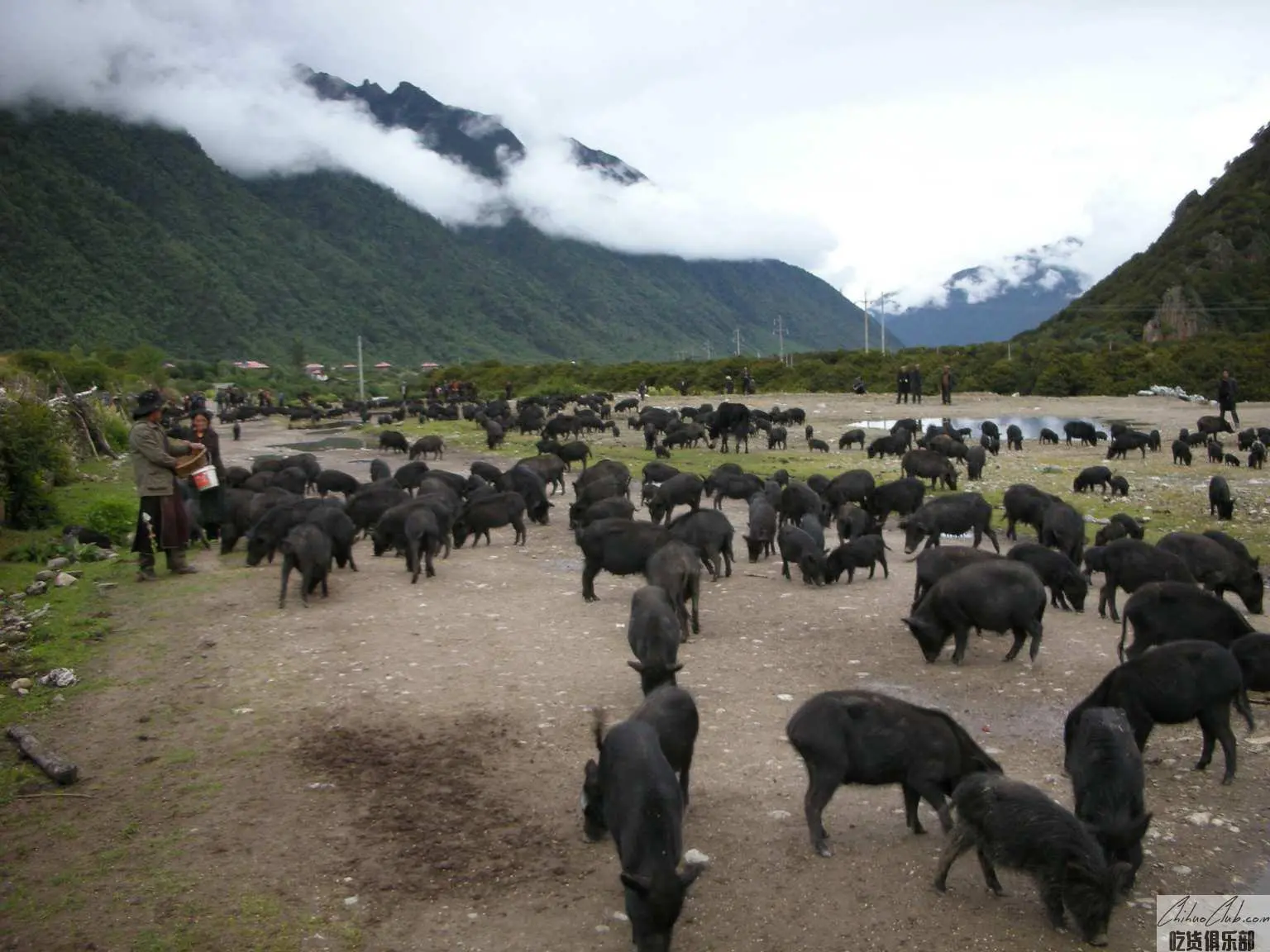
Linzhi Tibetan Pork is an outstanding representative of Tibet's ancient livestock resources, mainly distributed in the central and southern parts of Linzhi City. Mainly based on the original ecological stocking, with small body, long mane, thin pig skin, high content of meaty amino acids and trace elements, low fat content, delicate taste and unique flavor, known as "the treasure of the plateau", is Linzhi One of the city's famous specialties.
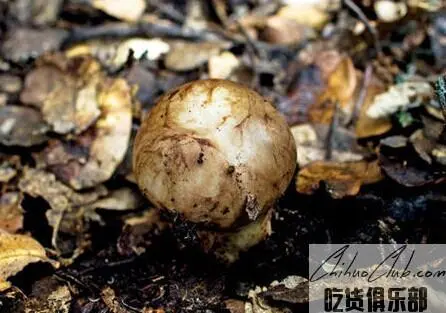
Linzhi Matsutake mushroom is rich in fat, rich in aroma, rich in nutrients, contains a variety of amino acids, unsaturated fatty acids and essential trace elements, vitamins, dietary fiber, a variety of active enzymes, including the unique anti-cancer substance - Matsutake alcohol, is the country Two rare wild edible mushrooms. The average annual output of Linzhi Matsutake is more than 600 tons, and the quantity of commodities is about 550 tons. Because of its unique edible value, it is well received by the people inside and outside the country.
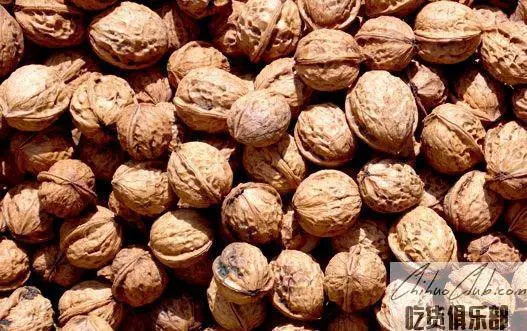
Linzhi County (now Bayi District) in Tibet has a rich history of walnuts for thousands of years. It is planted in the fields and in front of the house. The seven thousand or eight-year-old trees are everywhere, and the landscape is unique. There are more than 10 varieties of ghee walnut, sparrow walnut, iron walnut, etc., which are famous for their thin skin, large size, tender meat, full flesh and flavoury sweetness. It is a tribute of the Dalai Lama and the Daguan of the past. It can complement the brain fitness. It is an excellent dried fruit and an important Chinese herbal medicine. At the same time, the walnut wood is fine and solid, and the texture is beautiful.
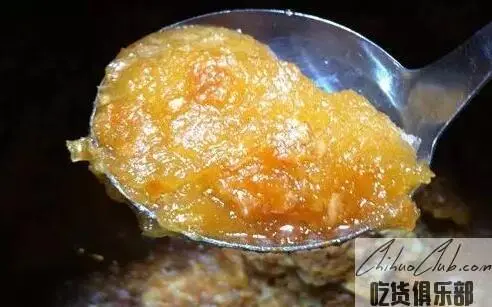
Linzhi honey, from the Yarlung Zangbo Grand Canyon, which is more than 3,000 meters above sea level, has strong light, original ecology and no pollution. Honeybees collect honey when the wild Tibetan medicines are flowering. The honey contains "medicine" with a variety of valuable Tibetan medicine ingredients and health care effects. The natural plateau flowers and Tibetan medicinal materials collected from "Pharmaceuticals" include Sanqi, Rhodiola, Coptis, Motherwort, etc. Therefore, the precious and rare of Nyingchi honey is incomparable to other brands of honey. The taste of Linzhi honey is also very special, sweet but not greasy, silky lubricated, fine crystal, and Tibetan medicine ingredients.
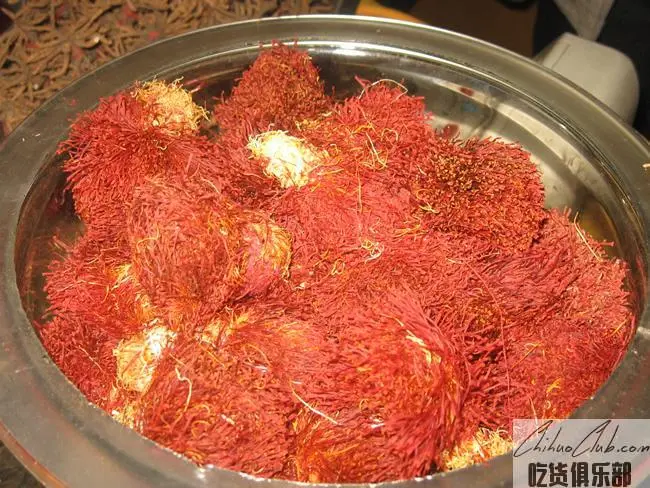
The price of saffron is very expensive and has the reputation of “red gold”. Its unique scent has a very comfortable feeling, and its brewed water is golden yellow, bright and noble, once known as the color of the emperor. The saffron was originally produced in the Western Regions, hence the name saffron. Later, it was introduced to India from the Mediterranean coast. It was also a saffron, and it was introduced into China from India through Tibet. It is also called saffron. In fact, Tibet did not produce saffron in early years. The success of introducing saffron in Shannan, Lhasa and Changdu areas has been a success in recent years.
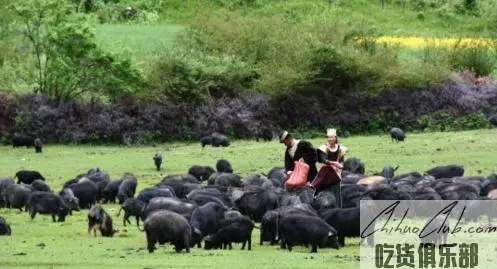
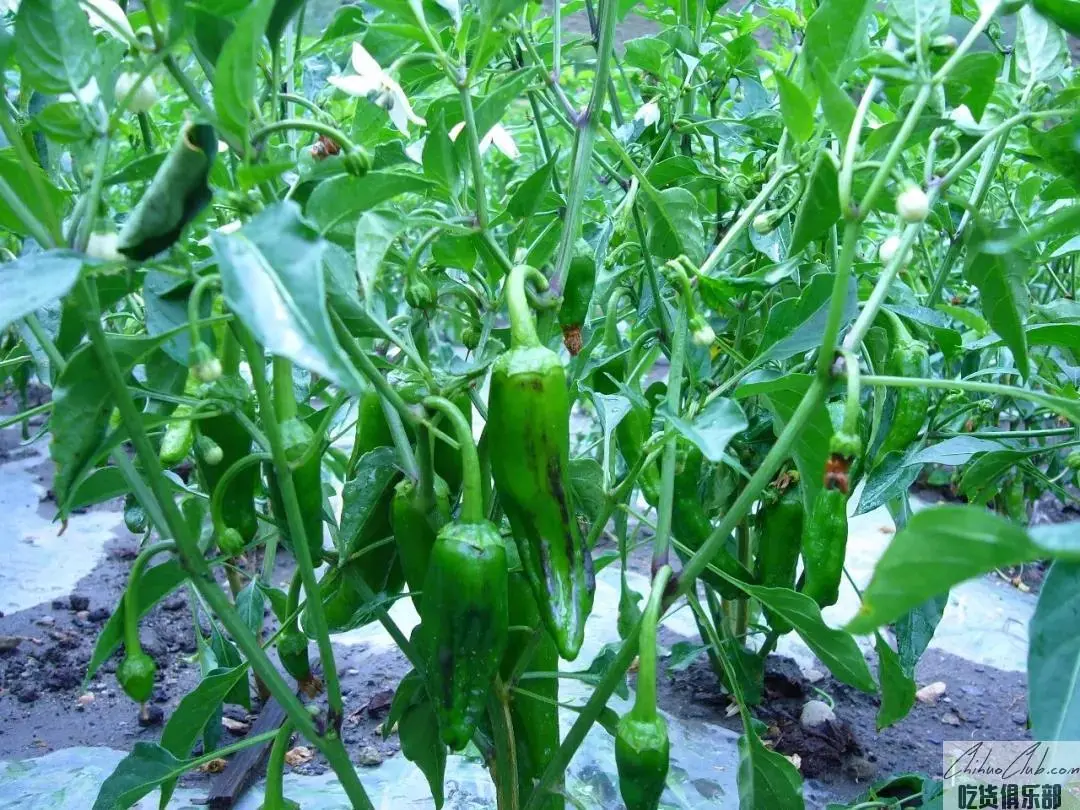
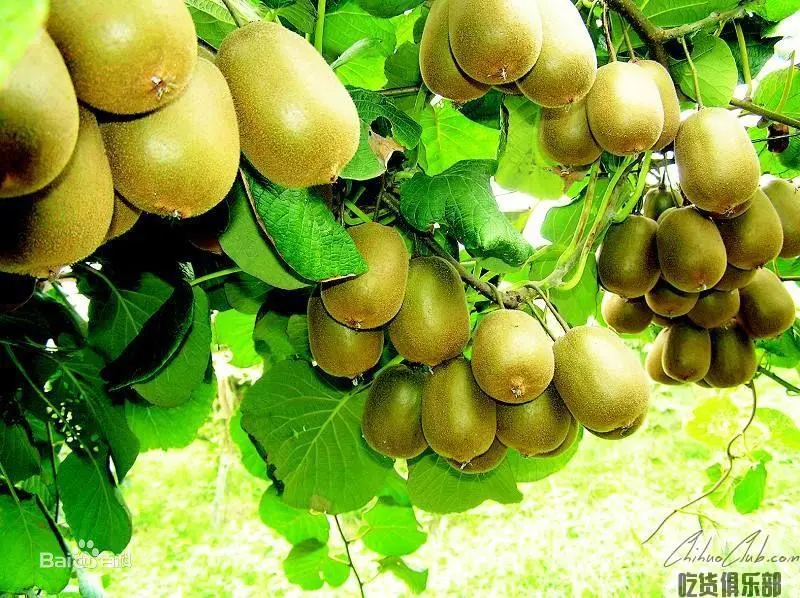
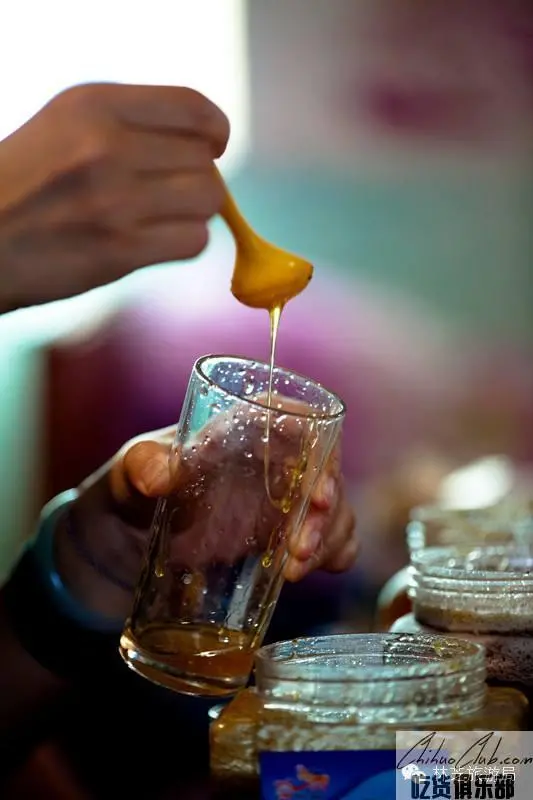
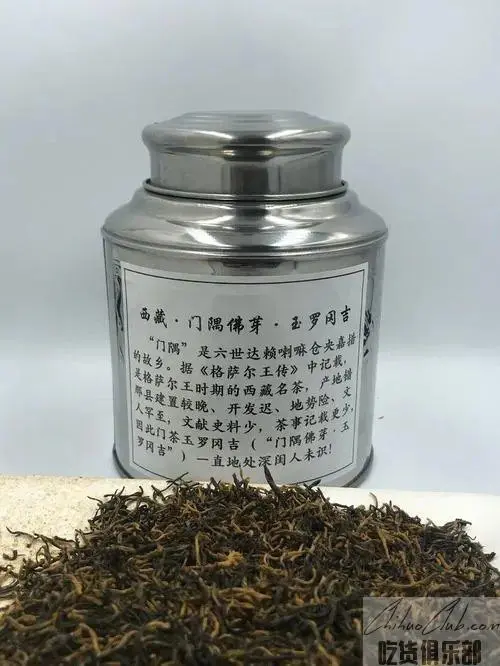
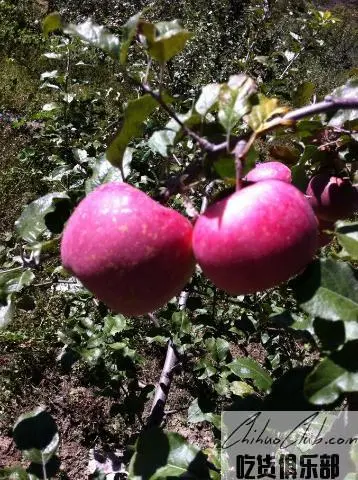
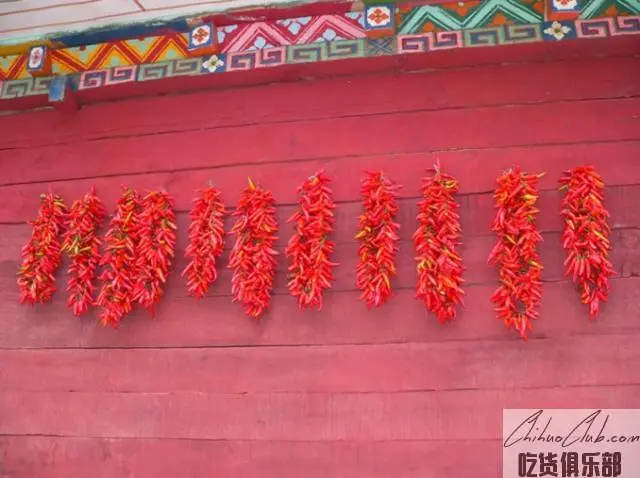
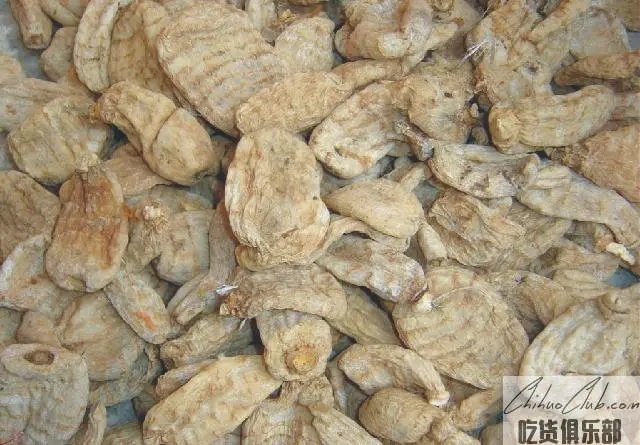
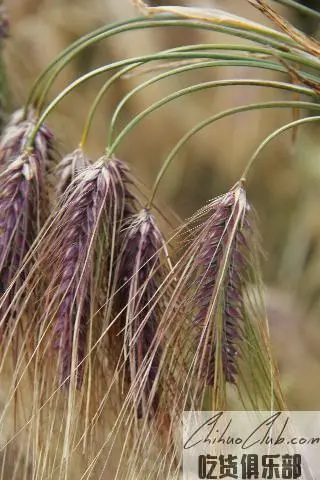
Longzi Black Barley is a unique barley variety in Longzi County, Shannan District, Tibet. It grows in wheat fields at an altitude of 3,800 m to 4,200 m. It is named because its husk and grain epidermis are black and purple, and its shape is elliptical or rhomboid. It has special high antioxidant and nutrient content which is not found in common white peony.
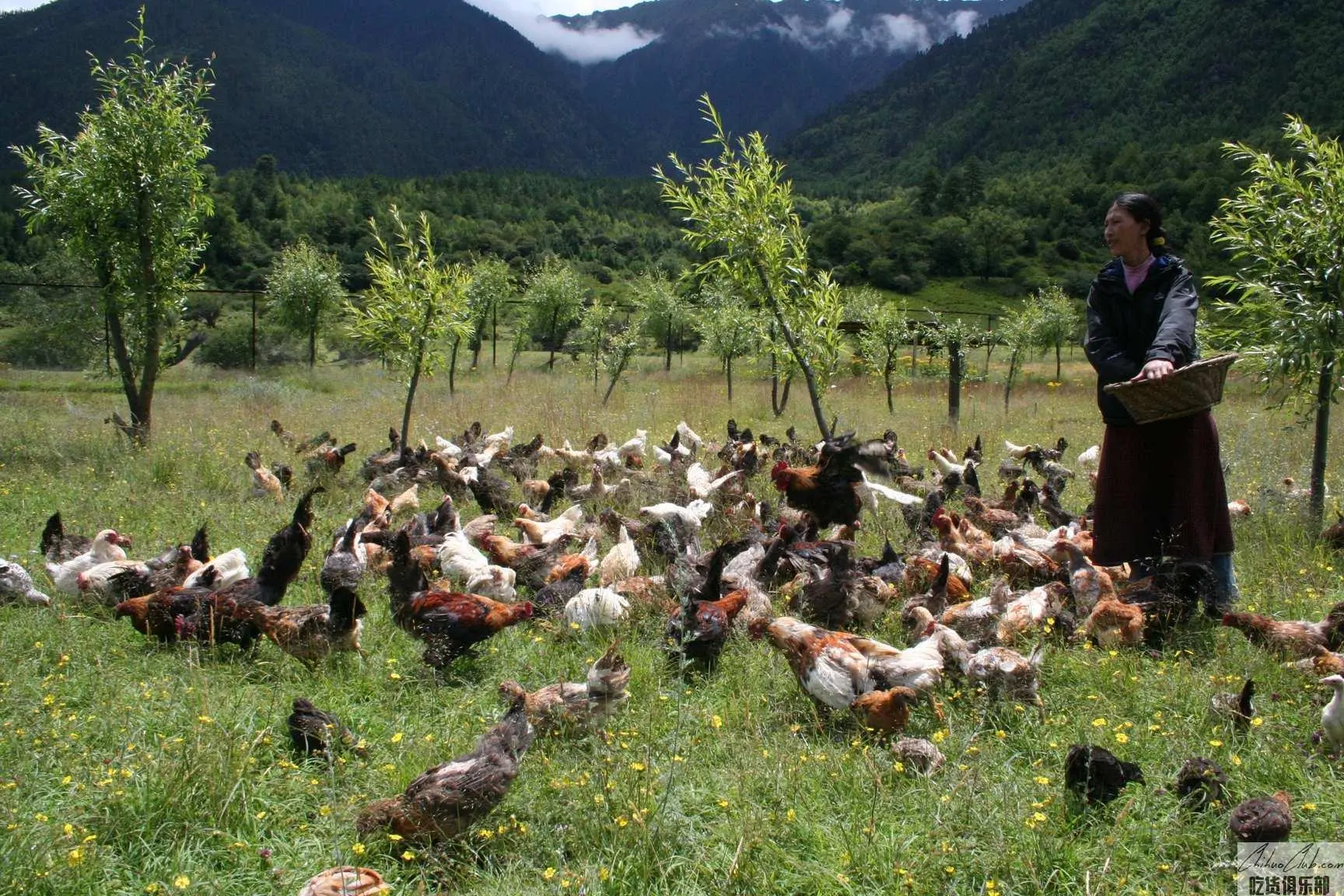
The head of the Milin Tibetan chicken is beautiful, the shape is mostly black, the body is light and small, the shape is compact, the temperament is lively, the combativeness is strong, it is good at flying, the perennial perched on the beam of the livestock circle, or lying in the woods next to the house, in the Semi-wild stocking status. The meat is reddish and has the characteristics of low fat, high protein and high calcium and phosphorus content in the bone.
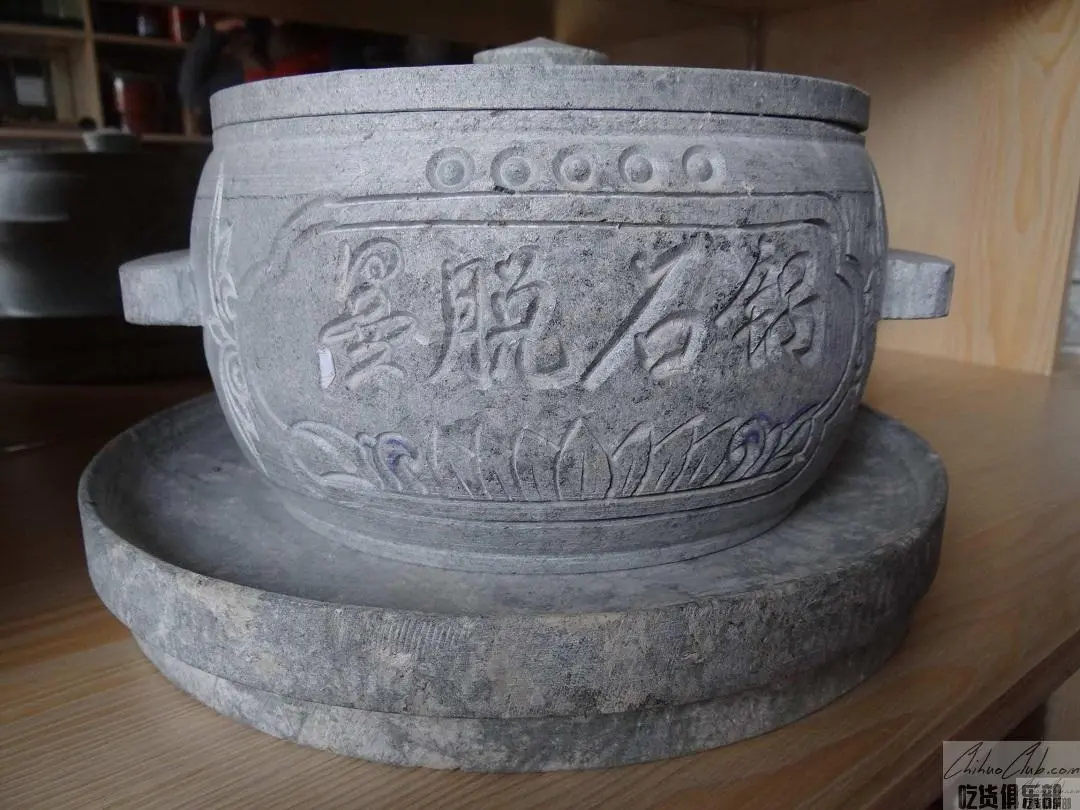
The raw material of the Medog stone pot is soapstone, which is produced on the cliffs on both sides of the Yarlung Zangbo River in the protected area. The color is grayish white and grayish brown. The Medog stone pot contains 16 kinds of trace elements such as sodium, magnesium, potassium, zinc, iron and calcium which are needed by the human body. In the process of cooking the food, it can promote the hydrolysis of the protein peptide chain into amino acids, so that the content of free amino acids increases. The cooked food is delicious and nutritious.
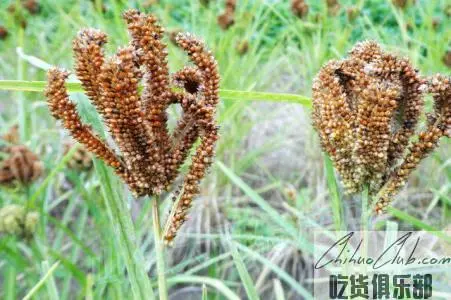
Dragon claws are a staple food for Africa and India. They can be used as bread and bread and porridge, as well as beer. The stalk can be basketed, capped, etc. and can be used as raw material for papermaking. Dragon claws, also known as chicken claws, ducks from the millet, African crickets, scorpions. A tropical drought tolerant cereal crop. Different places are called in China, such as scorpion, duck foot millet (Guigang City, Yulin City, Guangxi), Chicken Claw Valley (Tibet), Guangsu or Quantou (Hainan Island), Dragon Claw, Dragon Claw, Chicken Claw, Eagle Claw millet, duck claws, alkali valley, African cockroach, etc.

Inspect rice for the protection of national geographical indications. The rice is clear, nutritious and rich in flavor.